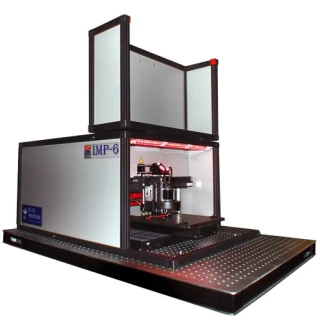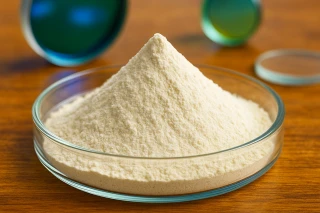Optics Manufacturing Equipment
Shop for various Optics Manufacturing from over 30 suppliers world wide. Browse a large selection of Fiber Optics, Precision Optics, Biomedical Optics
Frequently Asked Questions
What is optics manufacturing?
Optics manufacturing is the process of designing, producing, and testing optical components such as lenses, mirrors, prisms, and filters. These components are used in a wide range of applications, including microscopy, imaging, telecommunications, and laser systems.
What are the main steps in optics manufacturing?
The main steps in optics manufacturing include design and engineering, material selection, fabrication and shaping, coating, and testing and quality control.
What are some common techniques used in optics manufacturing?
Common techniques used in optics manufacturing include polishing, grinding, lapping, cutting, and coating. These techniques require specialized equipment and skilled technicians to ensure high-quality results.
What materials are commonly used in optics manufacturing?
Optical components can be made from a wide range of materials, including glass, plastic, metal, and ceramics. The choice of material depends on the specific requirements of the application, such as optical properties, mechanical strength, and thermal stability.
What is optical testing and quality control?
Optical testing and quality control is the process of ensuring that optical components meet the required specifications for optical performance. This involves a range of techniques, including interferometry, spectrometry, and polarimetry, to measure properties such as surface quality, transmission, and reflection.
What are some common pieces of equipment used in optics manufacturing?
Some common pieces of equipment used in optics manufacturing include polishing machines, grinding machines, lapping machines, CNC machines, metrology equipment, and coating systems.
What is a polishing machine used for in optics manufacturing?
Polishing machines are used to smooth and shape the surface of optical components. They typically use a rotating abrasive wheel to remove material and create a smooth, flat surface.
What is a coating system used for in optics manufacturing?
Coating systems are used to apply thin layers of material to optical components to improve their optical properties. These systems typically use vacuum deposition techniques to deposit the coating material onto the surface of the component.
What is a CNC machine used for in optics manufacturing?
CNC (Computer Numerical Control) machines are used to shape optical components with a high degree of precision. They use computer-controlled tools to remove material from the surface of the component according to a pre-programmed design.
What is metrology equipment used for in optics manufacturing?
Metrology equipment is used to measure the optical properties of components, such as surface quality, transmission, and reflection. This equipment includes devices such as interferometers, spectrometers, and polarimeters, which can provide highly accurate measurements of optical properties.
Optics Manufacturing: Precision Crafting for Advanced Applications
Optics manufacturing is a specialized field that transforms raw materials into high-precision optical components essential for various applications, including telecommunications, medical devices, aerospace, and consumer electronics. The process involves several meticulous steps to ensure the production of components with exceptional clarity, accuracy, and durability.
Key Manufacturing Processes
-
Material Selection: The journey begins with selecting the appropriate optical materials, such as glass, fused silica, or specialized crystals, chosen for their specific optical properties and suitability for the intended application.
-
Shaping and Grinding: The selected material is shaped into a rough form, often using diamond tools, followed by grinding to achieve the desired curvature and dimensions.
-
Polishing: To achieve the required surface quality, components undergo polishing, often using cerium oxide or other fine abrasives, to minimize surface imperfections and ensure optical clarity.
-
Coating: Optical coatings, such as anti-reflective or mirror coatings, are applied to enhance performance, durability, and functionality of the components.
-
Testing and Quality Control: Rigorous testing, including interferometry and surface profilometry, ensures that the components meet stringent specifications for surface quality, dimensional accuracy, and optical performance.
Applications of Optical Components
Manufactured optical components are integral to numerous technologies:
-
Telecommunications: Fiber optic cables and components facilitate high-speed data transmission.
-
Medical Devices: Lenses and mirrors are used in diagnostic equipment like endoscopes and imaging systems.
-
Aerospace: Optical systems are critical in satellite imaging and navigation instruments.
-
Consumer Electronics: Camera lenses and display technologies rely on precision optics.
Advancements in Optics Manufacturing
Recent innovations include the integration of additive manufacturing techniques for rapid prototyping, the development of adaptive optics for real-time correction of optical aberrations, and the application of artificial intelligence in design optimization. These advancements are driving the evolution of optics manufacturing, enabling the production of more complex and efficient optical systems.


